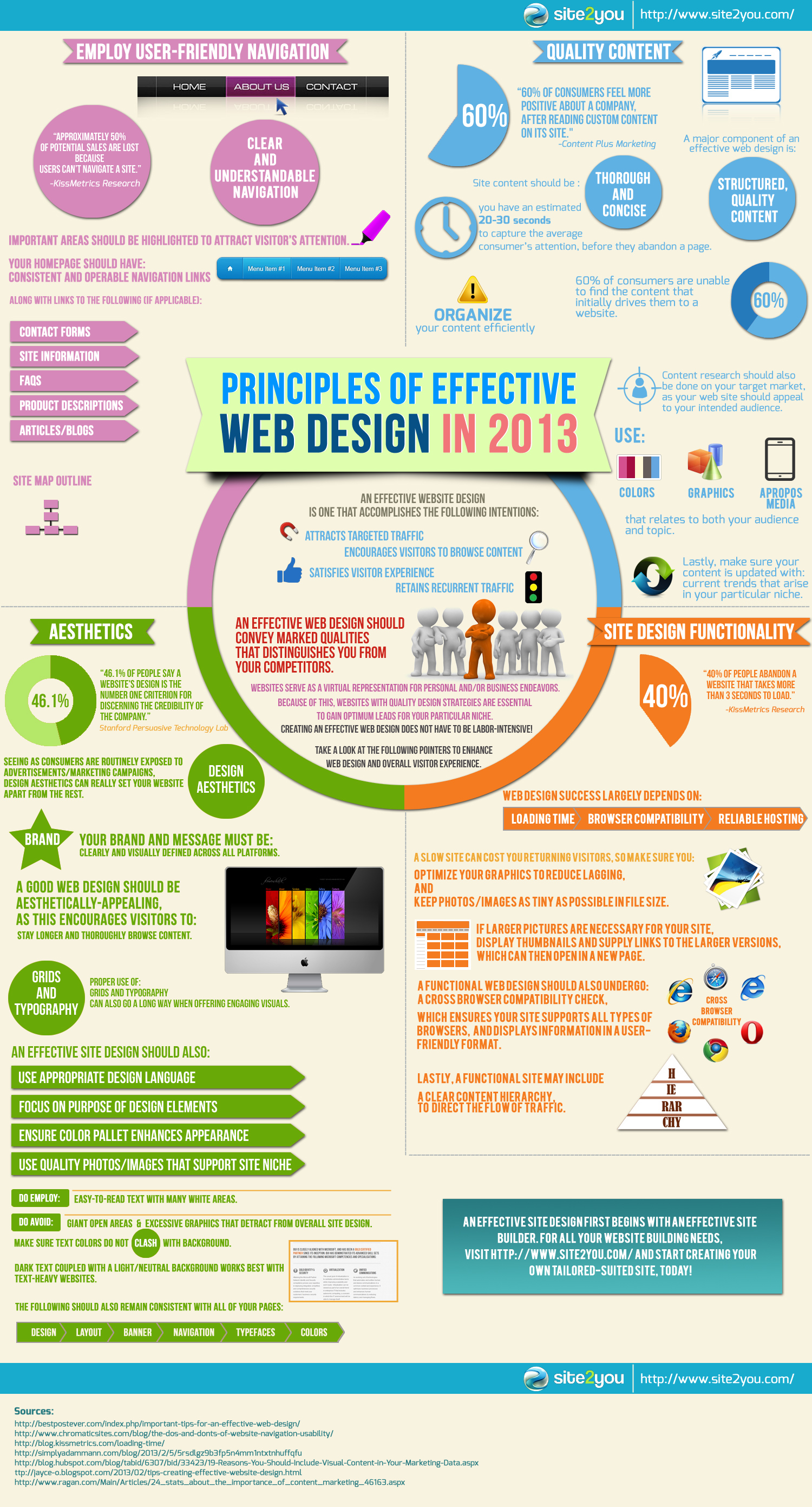Keen To Uncover How Website Style Has Transformed With Time? Study The Development From Simpleness To User-Focused Experiences.
Keen To Uncover How Website Style Has Transformed With Time? Study The Development From Simpleness To User-Focused Experiences.
Blog Article
Produced By-Asmussen Gibbons
In the past, internet sites were straightforward and focused on information. Navigating was straight, and style was for desktop computers. Now, mobile website design is vital. Data guides styles for very easy navigating. Receptive formats suit different tools. Today, dark setting minimizes stress, and minimal menus enhance navigating. Interactive functions involve customers, and bold visuals stand out. AI combination boosts engagement. See exactly how layout has actually evolved to improve your online trip.
Early Days of Website Design
In the very early days of web design, simpleness reigned supreme. Web sites were fundamental, with limited shades, typefaces, and formats. The focus got on offering info as opposed to fancy visuals. Users accessed the internet through slow-moving dial-up links, so rate and performance were crucial.
Navigating menus were straightforward, normally situated on top or side of the page. Web sites were made for desktop, as mobile surfing wasn't yet prevalent. Material was king, and developers focused on simple readability over intricate design aspects.
HTML was the primary coding language utilized, and developers needed to work within its restrictions. Animations and interactive attributes were marginal contrasted to today's criteria. Sites were static, with little vibrant material or personalized individual experiences.
Rise of User-Focused Style
With the development of website style, a shift towards user-focused design principles has actually ended up being increasingly famous. Website Designer , creating internet sites that focus on individual experience is important for involving visitors and attaining company objectives. User-focused style entails comprehending the requirements, preferences, and habits of your target audience to customize the internet site's format, web content, and includes as necessary.
Developers currently carry out complete research, such as customer surveys and use testing, to gather insights and feedback directly from individuals. This data-driven method aids in creating instinctive navigating, clear calls-to-action, and visually attractive interfaces that resonate with site visitors. By placing the customer at the facility of the layout process, websites can provide an extra customized and delightful experience.
Responsive style has actually likewise become an essential element of user-focused design, ensuring that websites are enhanced for various devices and screen dimensions. This versatility enhances ease of access and usability, accommodating the diverse ways individuals communicate with internet sites today. Basically, the surge of user-focused style represents a shift in the direction of developing electronic experiences that prioritize the demands and expectations of completion customer.
Modern Trends in Web Design
Check out the most recent trends shaping website design today. One prominent fad is dark setting style, offering a sleek and contemporary appearance while lowering eye pressure in low-light settings. One more key trend is minimal navigating, streamlining food selections and improving user experience by concentrating on essential elements. Including micro-interactions, such as computer animated switches or scrolling impacts, can produce a much more engaging and interactive website. Responsive design stays critical, making sure smooth customer experiences across various tools. In addition, using strong typography and asymmetrical designs can add visual passion and draw attention to certain content.
Integrating AI innovation, like chatbots for customer support or individualized recommendations, enhances individual engagement and simplifies procedures. Availability has also end up being a substantial pattern, with developers focusing on inclusive layout methods to cater to diverse individual needs. Embracing sustainability by maximizing internet site performance for speed and efficiency is another emerging pattern in web design. Teaming up with user responses and information analytics to repeat and enhance style continually is important for staying relevant in the ever-evolving electronic landscape. By welcoming these modern fads, you can develop a visually attractive, easy to use site that reverberates with your target market.
Conclusion
As you review the evolution of site style from the early days to currently, you can see just how user-focused layout has come to be the driving pressure behind modern-day trends.
Embrace the journey of adjustment and adjustment in web design, always maintaining the user experience at the leading edge.
Stay current with the current patterns and innovations, and never quit developing your method to create visually sensational and user-friendly sites.
Advance, adapt, and develop - the future of website design is in your hands.
